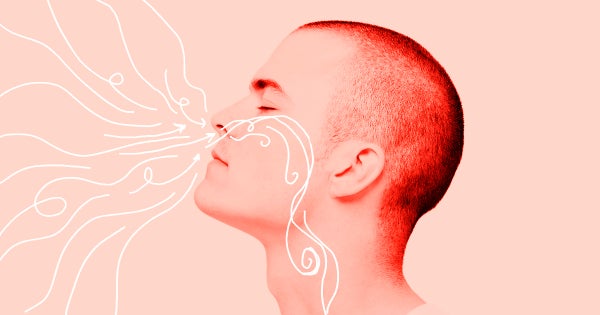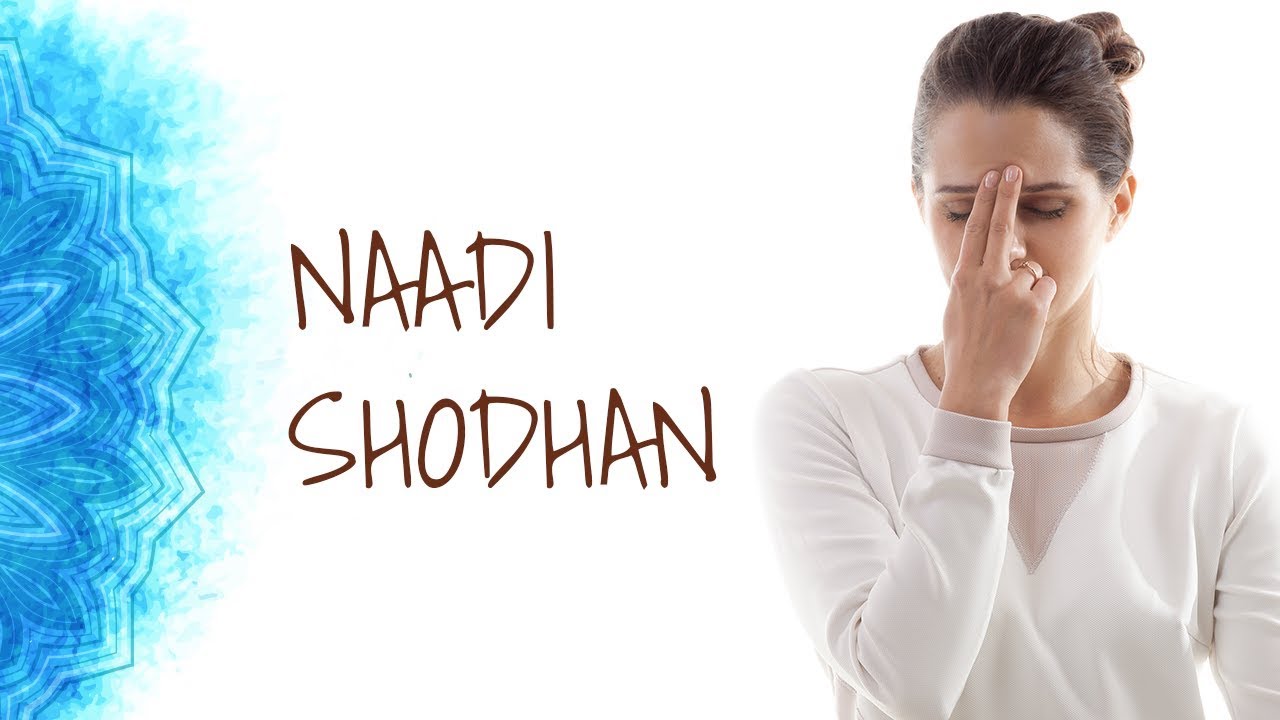
14 Feb 2020 HYN Himalayan Yoga Academy
Pranayama is the process of Breath control. Pranayama means Prana + Aayama; where prana stands for Life force and Aayama stands for expansion. There are four stages of Pranayama, i.e., Puraka (Inhalation), Anatara Kumbhaka (Inner retention), Rechaka (Exhalation), and Bahira Kumbhaka (Internal Kumbhaka). Pranayama is also called Kumbhaka. Literally Kumbhaka is pranayama. Pranayama is not a breathing exercise, it is breath control or breath ethics. When we do only inhalation and exhalation, that is called the Breathing Acts (swasa kriya). When we do breathing with Kumbhaka (Retention) is called Pranayama, and with Bandhas (Lock), it is also called advanced Pranayama. Below, we explained the Methods of Pranayama.
“Pranayama Paramo Tapah” that means Pranayama is supreme spiritual practice. Pranayama is itself austerity.
For beginners and therapeutic purposes, we do only Swasa Kriya, and next level, we can follow the pranayama and advanced pranayama as well.
1. Deep Breathing
Sit in a meditative posture. First, exhale and use a light uddiyan bandha and mool bandha. Inhale slowly and deeply. The belly comes out. Exhale slowly. The belly comes in. Practice it for 3 to 5 minutes. Concentration will be on breathing or navel (Manipur chakra).
2. Anuloma Viloma Swasa Kriya (Pranayama)
Sit in a meditative pose. Close your eyes. Put the hand on the left knee. Put the left hand nostril with right thumb. Inhale slowly and evenly through the nostril, filling the lungs close to the left nostril with ring finger, and exhale through the right nostril. It is one round. Now repeat the process 5-10 times.
3. Naadi Shodhan Pranayama

Naadi Shodhana is the psychic network purification. It has four techniques. If somebody wants to learn this pranayama very well, it takes 42 days to learn Nado Shodhana in a literal way with a Yoga Guru.
Technique 1: Preparatory phase- Inhale and exhale through left nostril 5 to 10 times and through right 5 to 10 times
Technique 2: Inhale through the left nostril and exhale through the right
nostril. It is called Anuloma- Viloma ( Alternate nostrils breath
Technique-3: If you retain the breath, it becomes naadi shodhan pranayama. The ratio is IN: IR: EX = 1:4:2 = 10: 40: 20 second and starting from 1:1:1, for 20 rounds. After good practice ratio should be 1:1:2, 1:2:2, or 1:4:2. Repeat the rounds 5-20 gradually.
Advanced Pranayama: i. with Jalandhara Bandha, ii. with Jalandhara and Moola Bandhas
Technique-4: The ratio is IN: IR: EX: ER = 1:4:2:2 = 10: 40: 20: 20 second and starting from 1:1:1:1, for 20 rounds. After good practice ratio should be 1:1:2:1; 1:2:2:1; 1:2:2:2; 1:3:2:2; 1:4:2:2;. Repeat the rounds 5-20 gradually.
Advance Pranayama: i. with Jalandhara Bandha; ii. with Jalandhara and Moola Bandhas and iii. with Tri bandha
4. Plaviini prayama
Sit in any meditative posture. Place the hands on the knees. Keep the body erect. Close your eyes. Keeping the mouth in a round shape, start shipping the air in the same manner in which water is shipped. Let the stomach float with air. When the stomach is filled with air, close the mouth for a few moments and hold air, close the mouth for a few moments and hold the air inside. Keeping the tongue out and bending from the lumbar region. Exhale the air completely out of the lungs. Repeat this process three times or more.
5. Ujjai Pranayama
Sit in any meditative posture or any other comfortable pose. Keep the hands on the knees. Close the eyes and mouth. Contract the lower part of the tongue, the glottis, and inhale in such a way that a sound is produced of a mild and uniform pitch like snoring (khanratey). Use light uddiyan bandha. Exhale slowly, inhale from the nostrils to the throat and then to the heart. Retain it with comfort. While exhaling, visualize the movement of the prana from heart to throat, from throat to nostrils. Exhale slowly.
6. Bhramari Pranayama

Sit in a comfortable posture. Put the index fingers into the ears. Close your eyes. Inhale deeply. Exhale through nostrils, emitting a buzzing sound like a black bee. Repeat it 5 to 10 times, and then breathe in deeply and retain as long as you can with comfort. The exhale slowly and resume normal breathing.
7. Bhastrika Pranayama
Sit in a meditative posture. Keep the hands on the knees. Close your eyes. Adopt the process of goldsmith’s bellows or like a panting dog. Inhale and exhale rapidly and forcibly. Close the left nostril with the two fingers of the right hand. Now close the right nostril and inhale and exhale rapidly. Do this 15 times for each nostril. After that, practice with both nostrils. Finish with outer kumbhaka.
8. Chandrabhedi Pranayma
Sit in a comfortable posture. Put left hand on the left knee in gyana mudra. Place the two first fingers of the right hand at the root of the thumb. Close the right nostril with the help of the right thumb. Inhale deeply through the left nostril with the help of the ring finger. Retain the breath in antrik kumbhaka. Perform the three bandhas while doing kumbhaka exhale slowly through the right nostril. Every inhalation will be through the left nostril and exhalation through the right nostril.
9. Suryabhedi Pranayama
The whole process is the same as chandrabhedi pranayama. The only difference is that inhalation is implemented through the right nostril and the exhalation through the left nostril every time. Repeat this 5 times in the beginning and increase the rounds gradually.
10. Sheetali Pranayama
Sit comfortably. Take out the tongue and fold it lengthwise like a tube. Draw in air through the mouth with a hissing sound the retain it as long as you can with comfort, keeping the mouth closed. Then, exhale slowly through both nostrils. Repeat this 6 times.
By Subodh Simkhada
